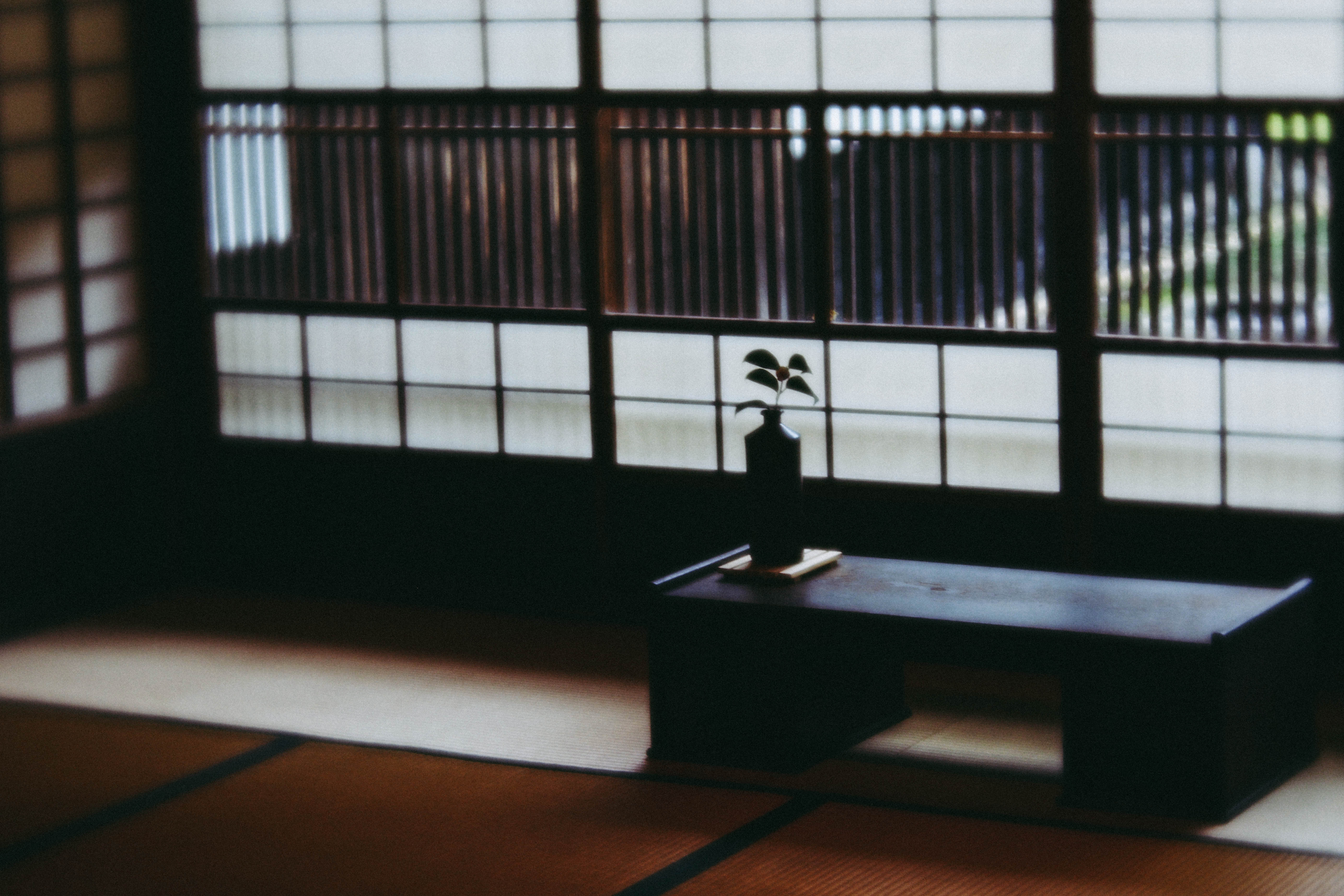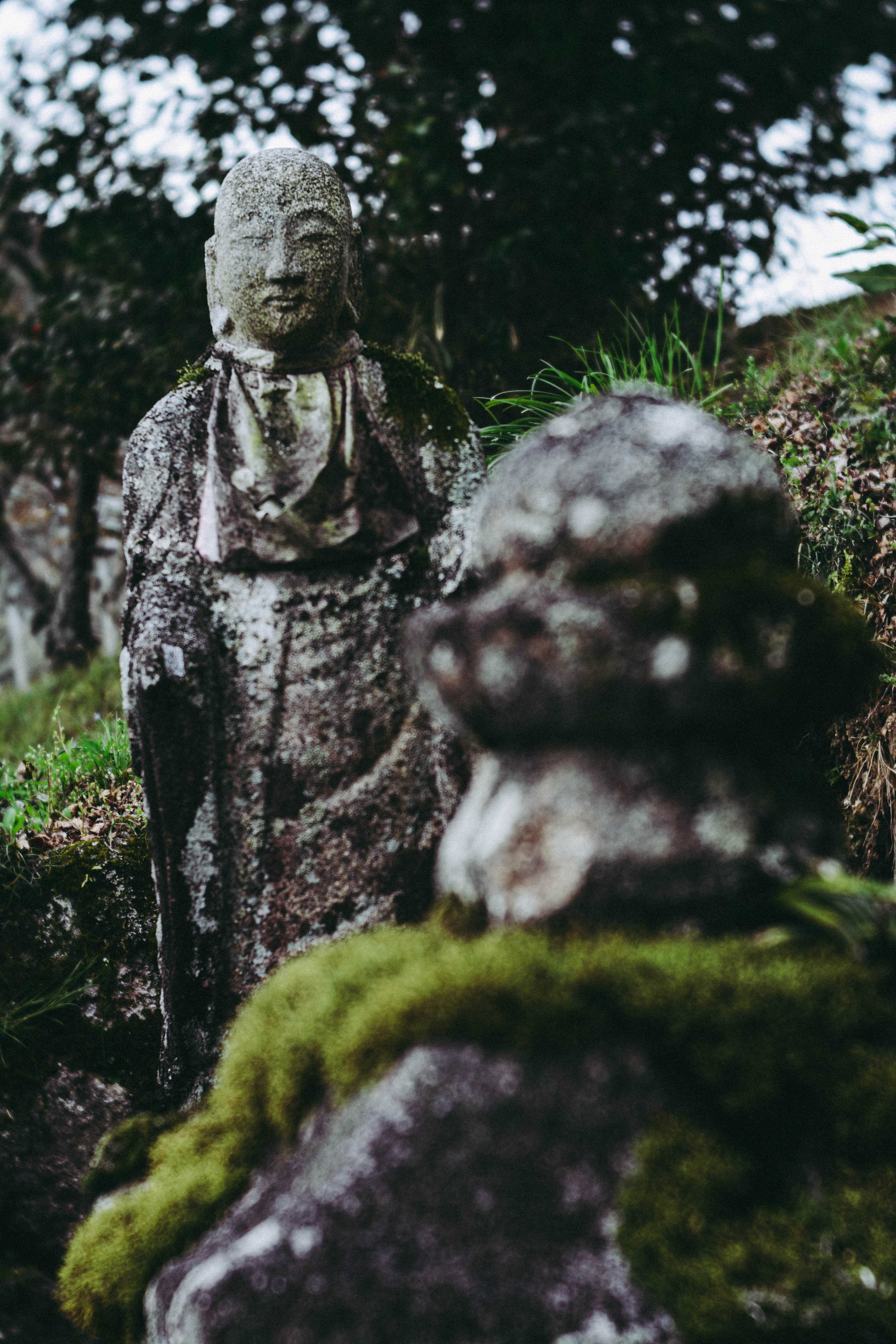I’m awakened by the sound of slippers shuffling just beyond the sliding door of my room. With my ear close to the ground on my floor futon mattress, each soft step sounds like a distant thunderclap. It’s the innkeeper preparing morning tea and miso soup. I open my eyes to yellow daylight—the soft, filtered light has waltzed right through the paper walls into my room. I should wake up, but my futon is so warm, and I can afford to stay a minute longer. When I stretch my limbs, I feel my muscles burn and joints crackle like a log on the fire, and I remember: I am taking the long walk to Tokyo.
This is how mornings go when you walk the Nakasendo Way: A warm awakening, a protest from your sore muscles, a traditional Japanese breakfast (with non-traditional instant coffee), shoes on, a quick goodbye to the innkeepers, and then you’re out the door. You’re back on the trail, on your way to Tokyo.
Walking from Kyoto to Tokyo, especially when there’s a perfectly good bullet train, seems like a ridiculous journey for the modern traveler. But on this trip, I’m on vacation from modern travel. I may have flown around the world to get here, but I have chosen to see Japan the old-fashioned way, along one of the country’s oldest highways.
During the Edo period between 1603 and 1868, pedestrian highway systems like the Nakasendo Way were used by feudal lords, samurai, and even princesses to travel the country. The old and stony trail of the Nakasendo passes through mountains and valleys, even carving a path through the Japanese Alps. The full journey took weeks, so to accommodate travelers, small towns—known as post towns—were established along the way. Each post town opened inns offering travelers hot tea, fresh food, and soft futons. For 10 spring days, I followed this course of history, sleeping in the same inns that once served the old travelers. But while the samurai rode on horseback and princesses were carried by their subjects, I walked.
If you’re looking for bragging rights, the Nakasendo isn’t for you. The trail is mostly flat, and comforts like ryokans and vending machines are never far. Along the road, you’ll never have to sleep outside or go more than a few hours without bottled water—or a chilled can of coffee, my preferred vending machine product. Some days you’ll emerge from what feels like an isolated forest to find yourself in a small town alongside locals strolling with their grandchildren and tending their backyard gardens. Other days, you’ll endure stretches of walking alongside major highways and filling up your backpack with Japanese snacks from the gas station. (My backpack never lacked a box of Pocky or green tea Kit Kats.) On the best days, you’ll climb through mossy forests high in the mountains, leaving offerings at small shrines whose stone countenances have been worn down by centuries of rain, and realize you’re in a part of Japan few foreigners have ever seen.

Every day on the trail is simultaneously new and familiar, like circling back to an old memory only to realize how much has changed. I went in April when the cherry blossoms were in full bloom in the lowlands. My favorite trees were the ones I couldn’t get to but could spot a mile away, those standing alone in a sea of evergreens, shouting out loud in pink.
In every season, the trail is embellished with historical gems. Treading the centuries-old ishidatami, the original stones that paved the Nakasendo, I lingered among the ruins of tea houses, walked through fields where samurai once battled and bowed at the statues of Jizo, the Buddhist protector of travelers. Small, bald, and smiling, Jizos decorated with traditional red bibs line the Nakasendo all the way from Kyoto. At the feet of each are stacks of coins—the universal offering—and we left our own tokens along with a small prayer for safe passage on our journey.
On paper, the Nakasendo looks like a one-way journey, but really, it is a circular wandering. Each day I’d wake up in a ryokan, walk through quiet forests, sit down for a delicious meal, and fall asleep at a new inn, having made it just a little bit farther down the road. The days blurred together not because they were unmemorable, but because they were tranquil, gently indistinct like an impressionist painting. Along the way, I found connection and companionship among my fellow walkers—people who, like me, had found this obscure trail in an old travel book or by word of mouth.
Fewer visitors may find their way here these days, but this trail is well worn. It has carried pilgrims and royalty, tourists and locals; and more, it has carried again and again the people who remember it often. Those of us who have walked the trail frequently return to it through memory, our feet remembering the uneven stones and our fingertips recalling the weight of a coin holding on to a prayer. We walk it over and over again, always in circles, always as one long beautiful day.
More from SmarterTravel:
- How to See Cherry Blossoms in Japan
- 11 Things Locals Want You to Know About Tokyo
- 10 Things to Expect at a Traditional Japanese Ryokan
Jamie Ditaranto traveled to Japan and experienced the Nakasendo Way tour as a guest of Walk Japan. Follow her on Twitter @jamieditaranto and Instagram @jamieditaranto.
We hand-pick everything we recommend and select items through testing and reviews. Some products are sent to us free of charge with no incentive to offer a favorable review. We offer our unbiased opinions and do not accept compensation to review products. All items are in stock and prices are accurate at the time of publication. If you buy something through our links, we may earn a commission.
Related
Top Fares From
Today's Top Travel Deals
Brought to you by ShermansTravel
Japan: 10-Night Kanazawa Tour, Incl. Kenrokuen...
smarTours - JNTO
 vacation
$4320+
vacation
$4320+
Mediterranean Cruises w/Free Balcony Upgrade, Specialty...
Holland America Line
 cruise
$1399+
cruise
$1399+
Ohio: Daily Car Rentals from Cincinnati
85OFF.com
 Car Rental
$19+
Car Rental
$19+




